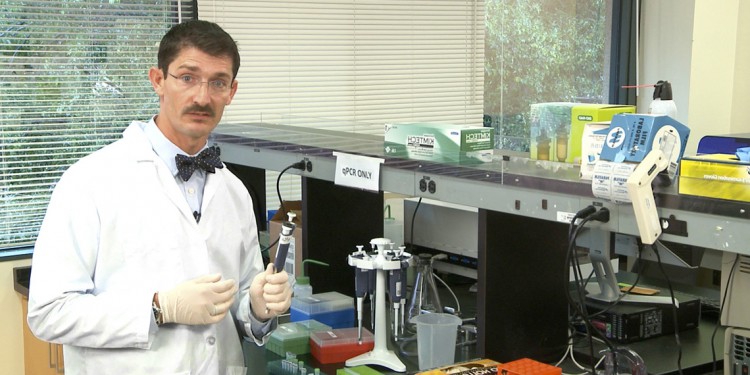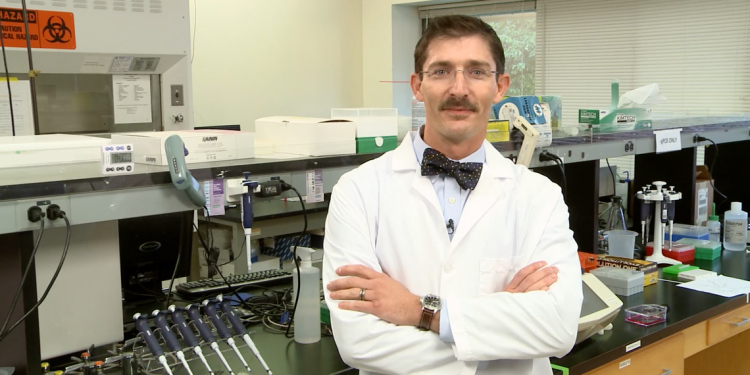
How to Design Hydrolysis Probes for qPCR

Top Stories of 2015 — Bioradiations Year in Review
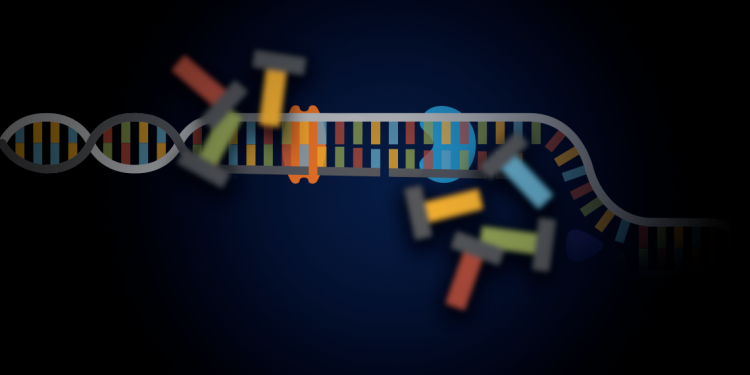
So, How Can the Sso7d Fusion Polymerase Technology Help Your PCR?

Flow Cytometry: Basic Definitions
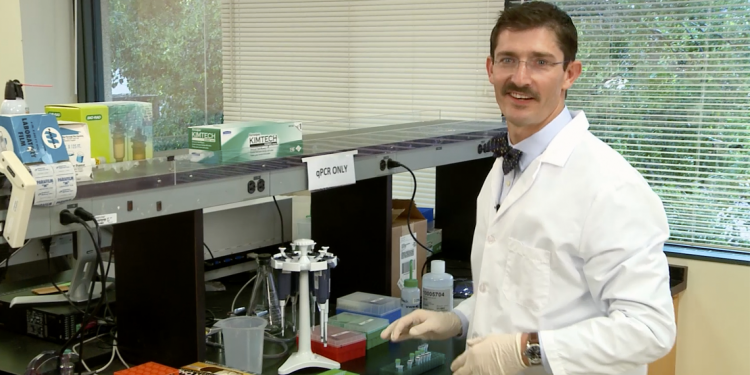
Six Tips for Increasing the Reproducibility of qPCR Experiments
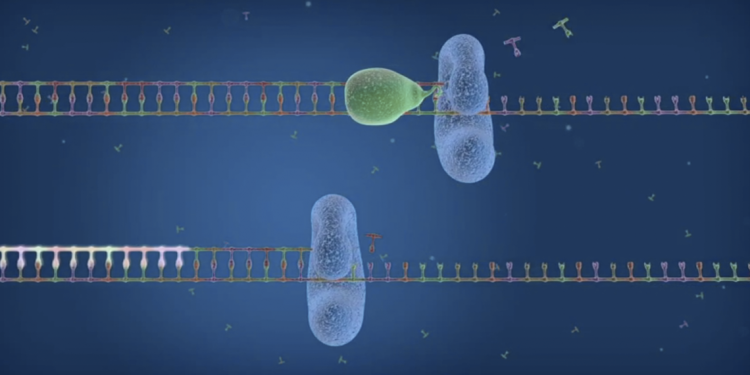
High-Processivity Sso7d Fusion Polymerase Improves qPCR Results

Bio-Rad’s PrimePCR™ Assays and Panels Eliminate Multiple Steps from Your qPCR Workflow

In Pursuit of (Ig) Nobility: The Ig Nobel Prize

10 Tips and Tricks for Designing Multicolor Flow Cytometry Panels
